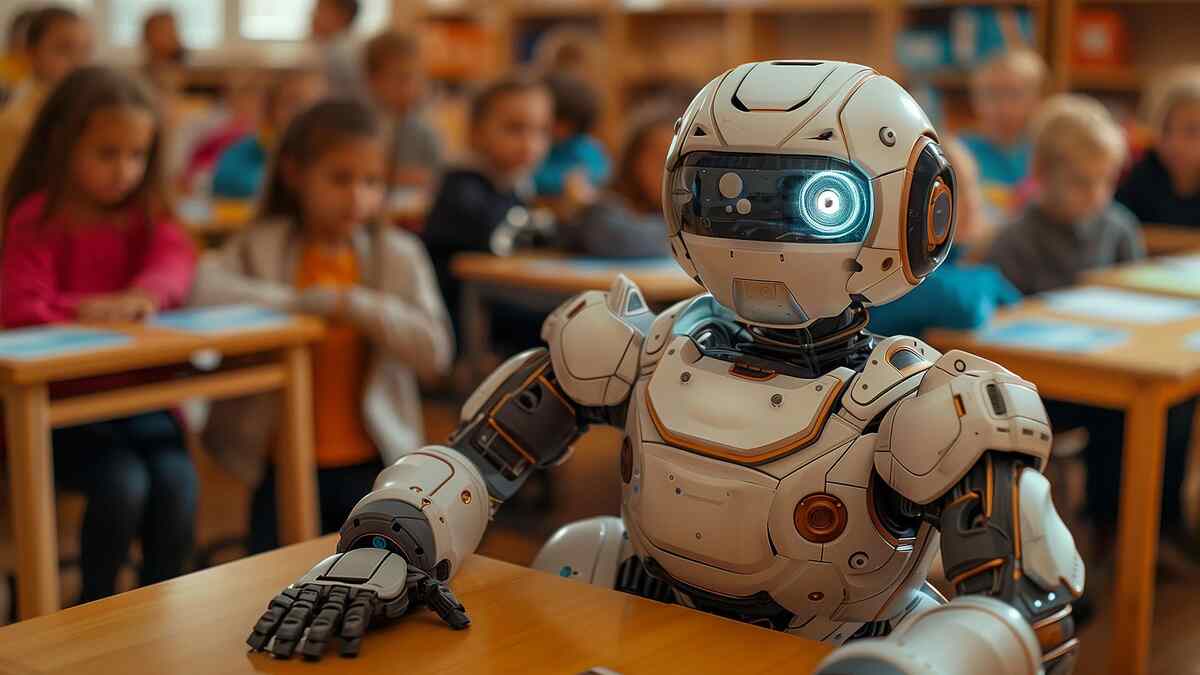THE LATEST
Unlocking the power of AI: Can superintelligence learn like us?

In the rapidly advancing field of artificial intelligence (AI), there is a debate about whether machines can learn and adapt like humans. Today’s AI is highly skilled at reading, conversing, and processing large amounts of data to make important business decisions, displaying human-like abilities. However, AI still has significant limitations.
Kyle Daruwalla, a NeuroAI Scholar at Cold Spring Harbor Laboratory (CSHL), has been leading a groundbreaking effort to enhance the potential of AI. He explains, “As impressive as ChatGPT and other current AI technologies are, they are still very limited when it comes to interacting with the physical world. Even in tasks such as solving math problems and writing essays, they require billions of training examples to perform well.”
Daruwalla has explored unconventional methods to create AI that can overcome computational obstacles. The breakthrough involves a change in how data is processed and moved, drawing inspiration from the efficiency of the human brain, one of the most powerful and energy-efficient computational systems in existence.
By deviating from traditional computing methods, Daruwalla has developed a new approach for AI algorithms to process and move data with remarkable efficiency. This innovative design mimics how our brains absorb new information, allowing individual AI "neurons" to receive immediate feedback and adjust in real time, significantly reducing the need for data to travel long distances before being processed.
“In our brains, our connections are constantly changing and adjusting,” Daruwalla elaborates. “It’s not like you stop everything, adjust, and then resume being you.” This approach fundamentally challenges traditional circuit-based systems, representing a transformative leap toward AI learning that more closely resembles the dynamic processes of human cognition.
Daruwalla’s model not only offers potential breakthroughs in AI development but also provides evidence supporting the relationship between working memory and learning, which is crucial for academic performance. This revolutionary perspective on the interplay between working memory and synaptic updates could reshape the foundations of AI and deepen our understanding of memory and learning processes.
Daruwalla’s study provides a pathway for a new generation of AI that learns and adapts like humans, promising greater efficiency and widespread accessibility. Furthermore, this significant advancement in neuroAI embodies a meaningful intersection of disciplines, as AI - a field historically influenced by neuroscience - now sheds light on our understanding of cognitive processes.
Daruwalla's visionary achievements have been made possible through the support of the U.S. Air Force Research Laboratory and the National Science Foundation, emphasizing the collaborative effort and dedication driving this transformative endeavor.
As we stand on the verge of a new era in AI, let us draw inspiration from Daruwalla's visionary pursuit, paving the way for a future where artificial intelligence not only mirrors our cognitive abilities but also reshapes the limits of human potential. This unprecedented synergy between science and technology encourages us to embrace the endless possibilities ahead, illuminating a world where AI's remarkable capabilities gracefully merge with human ingenuity.
